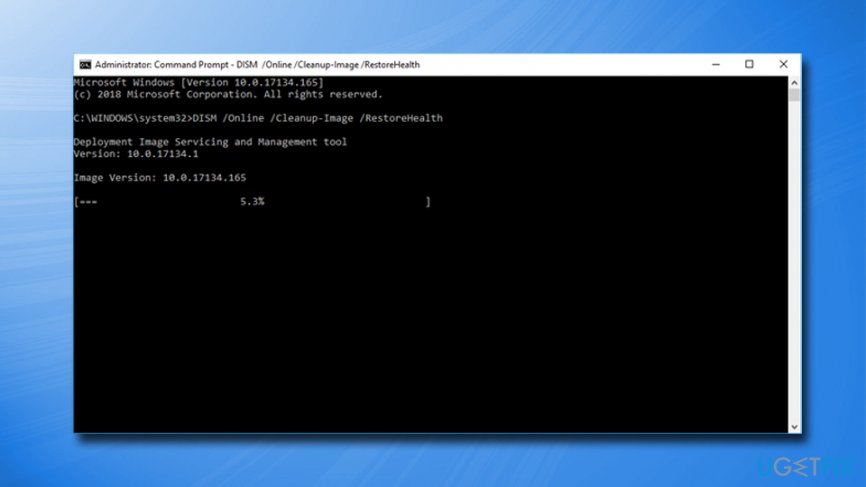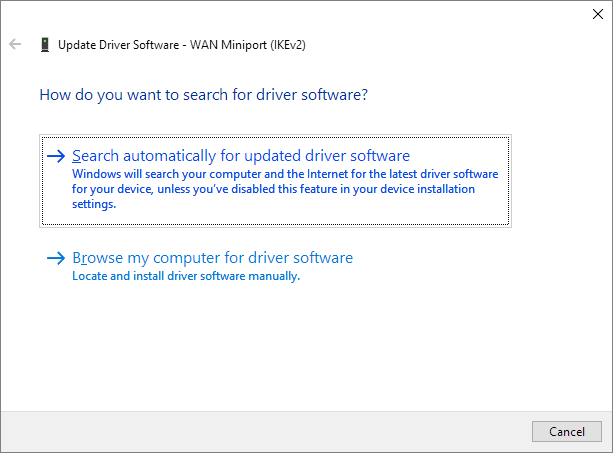


Are you using USB cable on external hard drive? Or FireWire cable? If hardware support, could you please try to use another cable to troubleshoot this issue?ġ Detach all unnecessary peripheral devices from your computer, such as printers, scanners and removable storage devices.ģ Keep pressing the F8 key until the Windows Startup menu appears. Telnet to port 25 of the remote server and manually type the SMTP commands to deliver a message. Can you transfer this Outlook file in Safe Mode?Ĥ. Can you transfer this Outlook file to another known computer?ģ.

Are you using Windows Easy Transfer? Or just copy it directly?Ģ. Then, let’s confirm the following points:ġ. More complex combinations are also possible: A wants a semaphore owned by B, who wants a semaphore owned by C, who wants a semaphore owned by A, etc.Ĥ.If a process was to fail to set a semaphore during execution, another process dependent on the semaphore will be blocked awaiting the semaphore. In the simplest case, thread A is trying to get a semaphore which is owned by B, while B is trying to get a different semaphore which is owned by A. When you receive semaphore timeout messages, the messages are usually the result of one of the following:ġ.A heavy load on the server is causing processes to be delayed from releasing semaphores.Ģ.A process has crashed while holding a semaphore, causing other processes to block when trying to acquire the semaphore.ģ.Deadly embrace, semaphore contention where two tasks are waiting on each other and neither task is able to break the loop. For example, I found SSH/SFTP extremely slow on an older server, but when RAM was added, data transferred more rapidly.Before moving on, I would like to share the following information with you. Now if you have many servers, after clicking connect, highlight the root folder then edit the properties, this makes it so that the changes you make apply to all the servers in said folder. To fix this, click on Connect > properties > Terminal > Check off Send Protocol NO-OP set it to 30 seconds. So what might you do in a real-world situation when transferring large files over a network with limited bandwidth?Ĭompress the files (XML data, in particular, compresses ~10:1 with Zip).īreak the files into chunks (a nuisance, but applicable to any file type). The semaphore timeout period has expired. If a transfer takes too long, then the semaphore controlling it expires.įor more information, see WaitForSingleObject function, or the C++ Tutorial Multi-Threaded Programming. However, to handle deadlocks should one thread fail to release a semaphore, wait functions can specify a finite time-out, the message you see. For example,if you had multiple threads performing division checks for primality, you would want to assign different divisors after each test finishes.Ī thread needs to check the semaphore using a Wait Function to see if the object is free. A semaphore (and a mutex) is a synchronization object, used to communicate amongst various processes sharing a resource.


 0 kommentar(er)
0 kommentar(er)
